Toby Paterson: Consensus and Collapse, Edinburgh
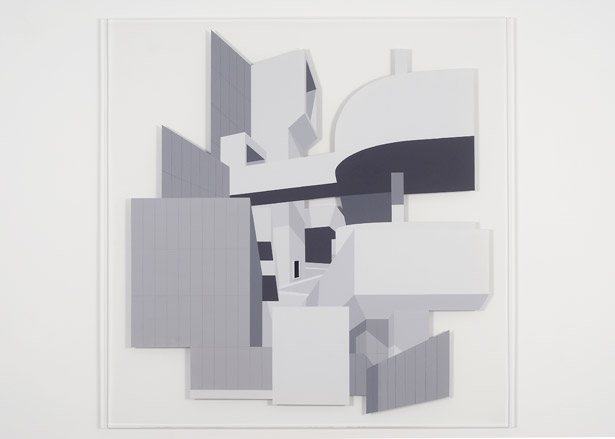
A maze of images of modernist buildings, idealised structures and architectural fragments in a specially created installation for the Fruitmarket Gallery, cleverly shows the extraordinary relationship that artist, Toby Paterson, has to the built environment.
'Many people approach my work as if the "subject" of the work is architecture. It's not really. Architecture is just an excuse to look,' says the Glasgow-based artist. This might seem cryptic for someone whose oeuvre is filled with images of recognisable structures like those by 1960s firm Gillespie, Kidd & Coia. But Paterson's buildings are strangely removed from their context and, while some read as architecture, others are merely abstract forms.
Negotiating your way around Paterson's ground-floor installation at the exhibition is a dizzying experience, in which his drawings, photographs, paintings and sculpted reliefs are displayed on a series of suspended frames. The whirl of colourful planes and dislocated forms show that it's not so much the architecture that compels the artist but the visual and tonal possibilities it represents.
The exhibition looks back at Paterson's work over the last ten years, which includes public commissions like his 'Powder Blue Orthogonal Pavilion' - part of the Portavilion project in London. The upper gallery is a more light-filled, open space with a series of painted panels on show resembling sculpted concrete exterior walls.
Paterson's work is strangely emotive considering its absence of mark-making and brushstrokes. There's also a strong sense of his own alienation from the structures he depicts. 'I think from a very early age, discounting a domestic context, I felt like I was outside any given situation looking in,' he explains. 'I think that is why I hardly ever seem to work with images of interiors. It is always outside, incidental things encountered in the street, until I actually get a space I can have control over - the gallery.'
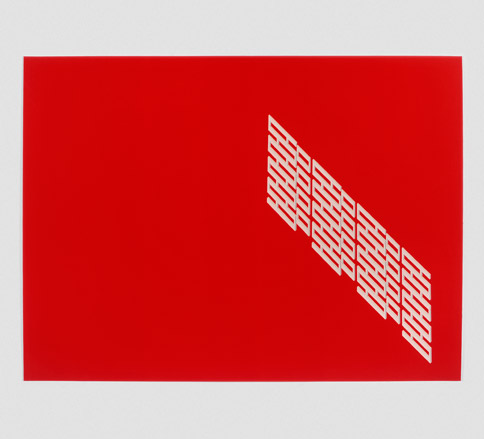
'We Fall into Patterns Quickly' by Toby Paterson, 2003. Silkscreen print.
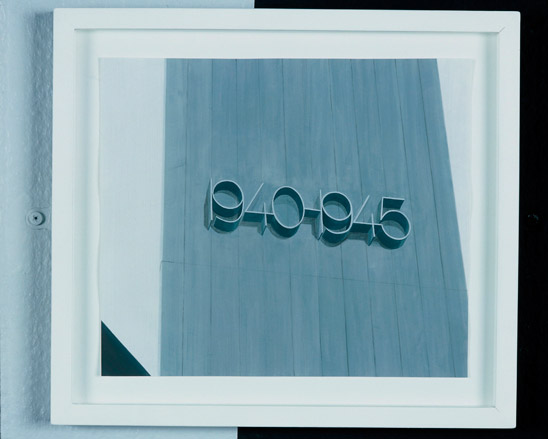
'After the Rain' by Toby Paterson, 2005. Acrylic on paper.
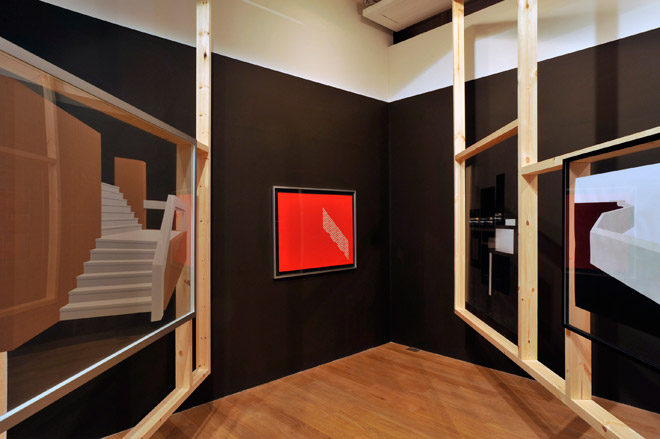
Installation view at Toby Paterson: Consensus and Collapse, 2010.
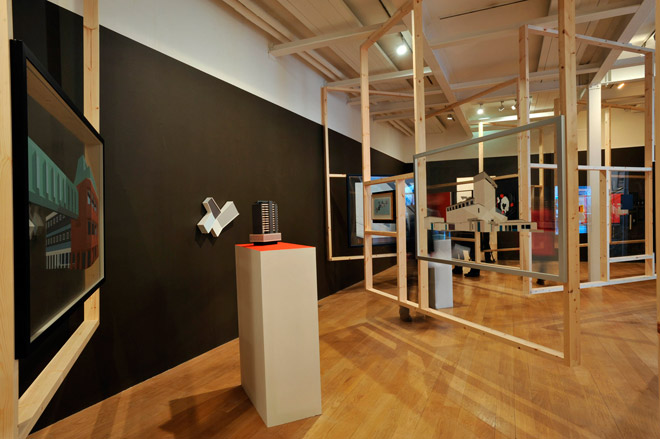
Installation view at Toby Paterson: Consensus and Collapse, 2010.
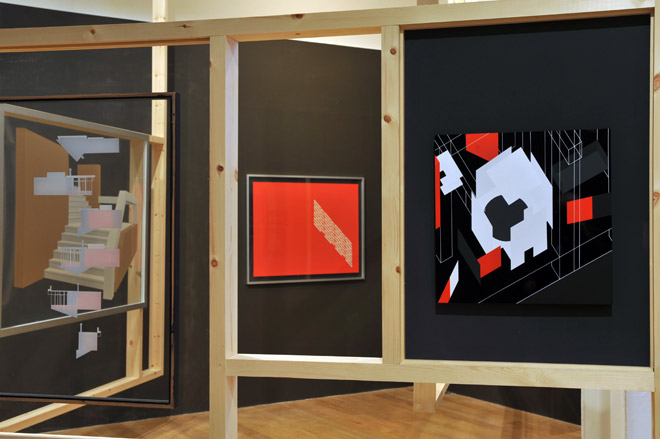
Installation view at Toby Paterson: Consensus and Collapse, 2010.
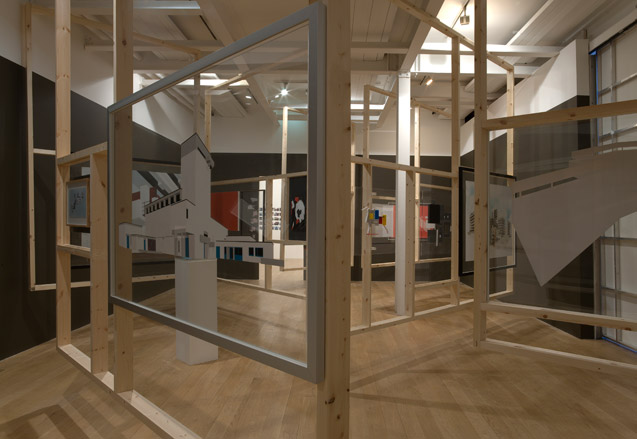
Installation view at Toby Paterson: Consensus and Collapse, 2010.
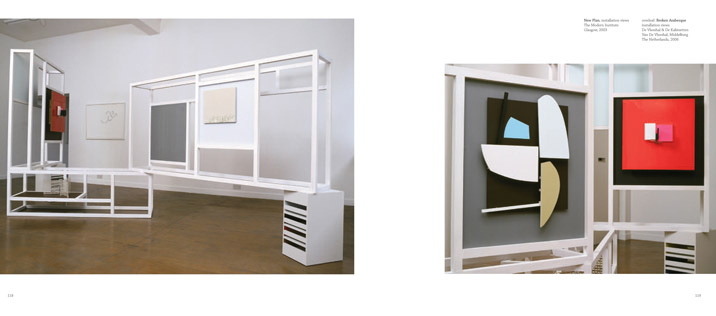
A sample spread from the monograph produced specially for the exhibition (pages 118-119).
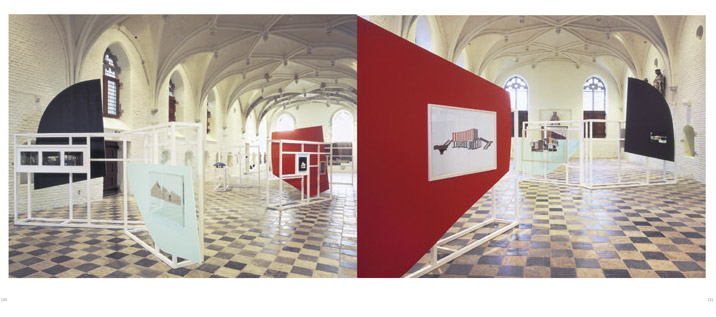
A sample spread from the monograph produced specially for the exhibition (pages 120-121).
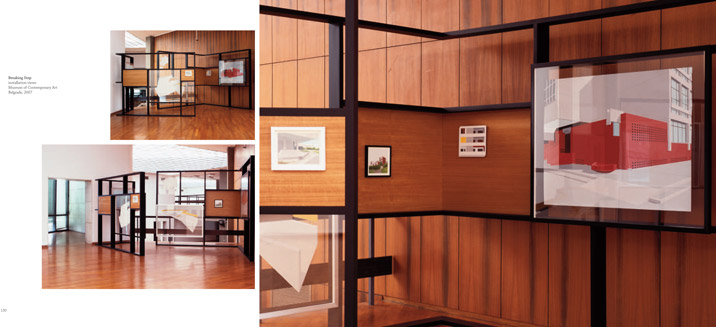
A sample spread from the monograph produced specially for the exhibition (pages 130-131).
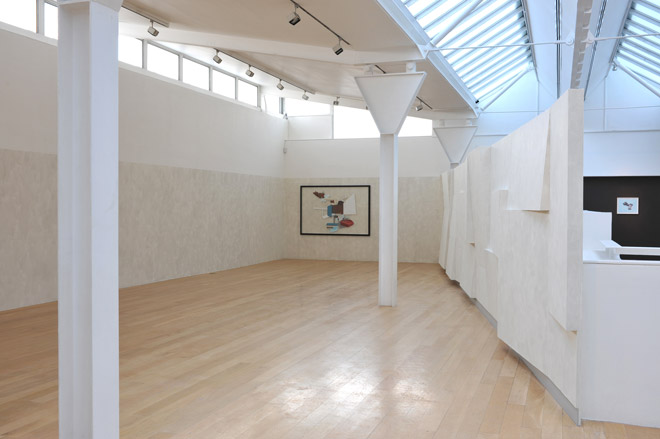
The upper floor of the Fruitmarket Gallery.
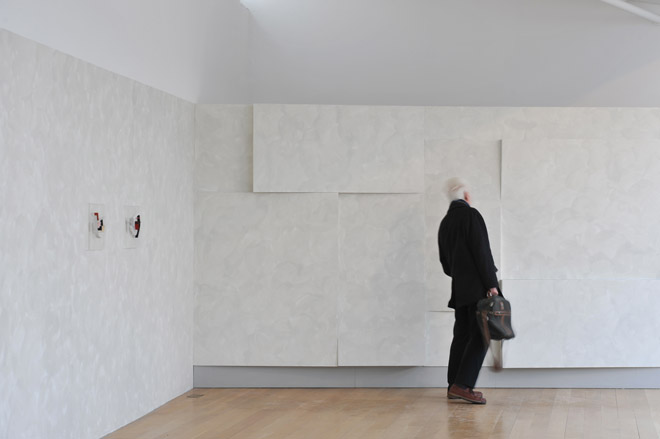
The upper floor of the Fruitmarket Gallery.
ADDRESS
The Fruitmarket Gallery
45 Market Street
Edinburgh EH1 1DF
Receive our daily digest of inspiration, escapism and design stories from around the world direct to your inbox.
Malaika Byng is an editor, writer and consultant covering everything from architecture, design and ecology to art and craft. She was online editor for Wallpaper* magazine for three years and more recently editor of Crafts magazine, until she decided to go freelance in 2022. Based in London, she now writes for the Financial Times, Metropolis, Kinfolk and The Plant, among others.
-
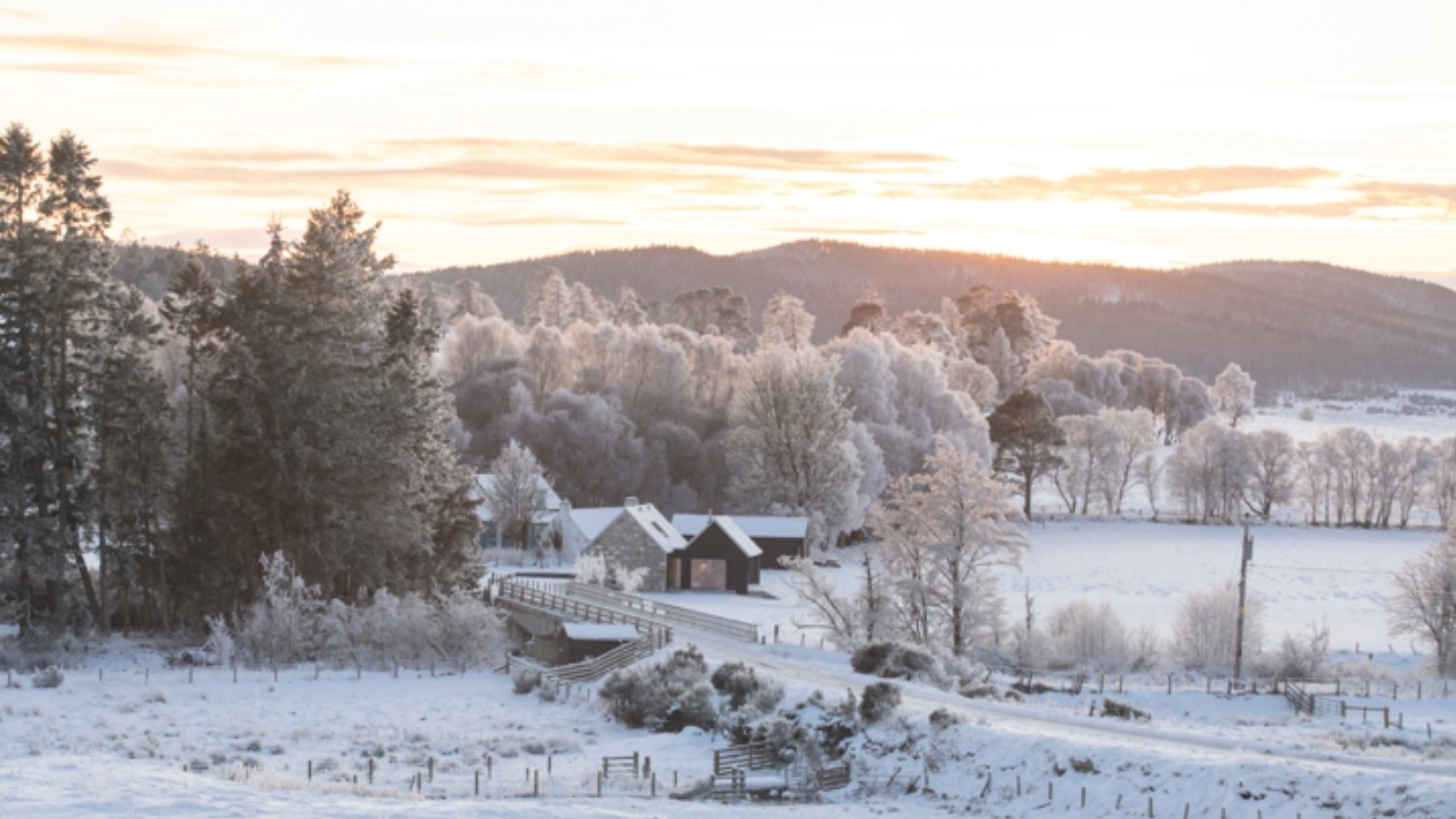 Step inside this perfectly pitched stone cottage in the Scottish Highlands
Step inside this perfectly pitched stone cottage in the Scottish HighlandsA stone cottage transformed by award-winning Glasgow-based practice Loader Monteith reimagines an old dwelling near Inverness into a cosy contemporary home
-
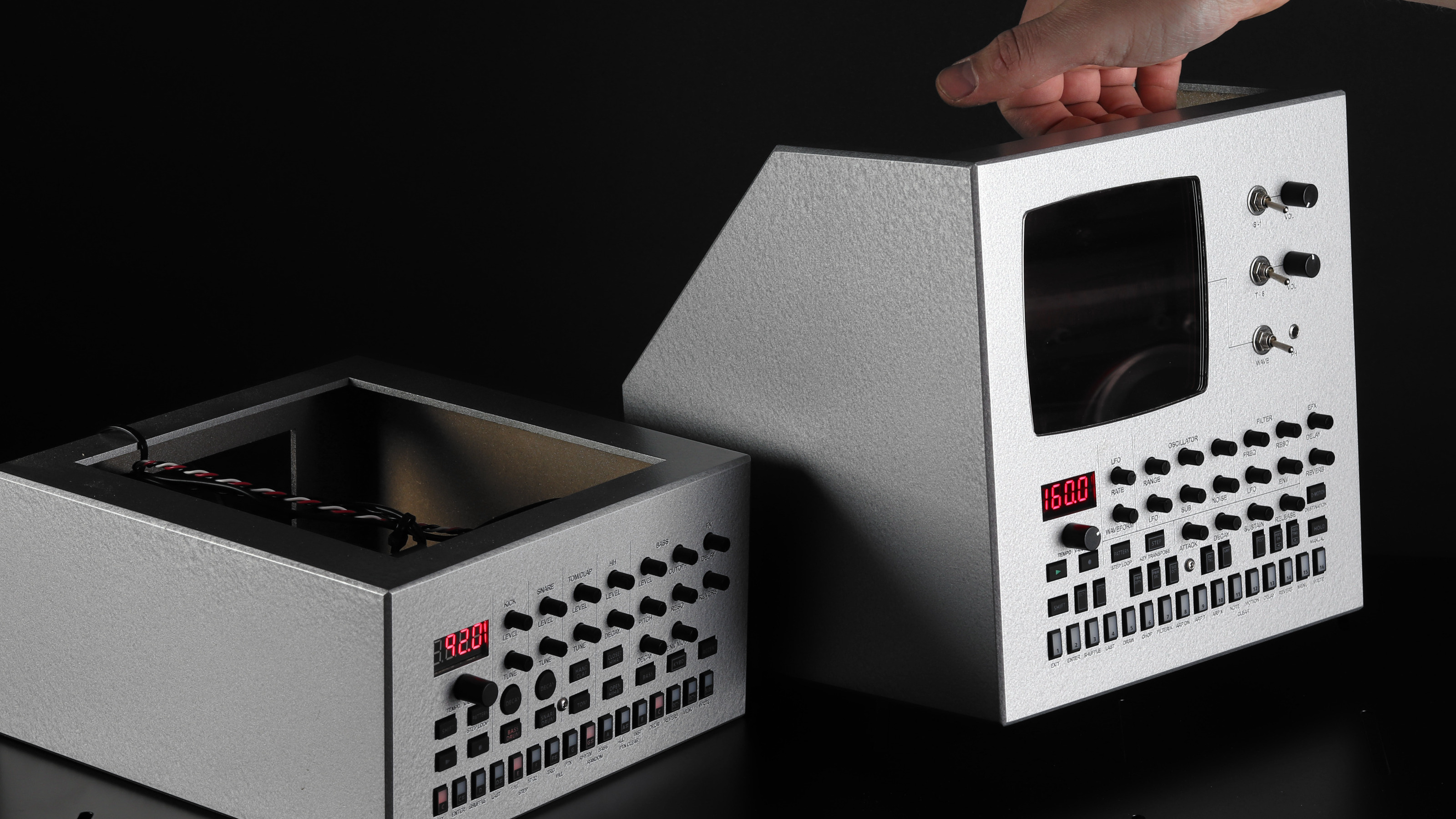 Year in Review: we’re always after innovations that interest us – here are ten of 2025’s best
Year in Review: we’re always after innovations that interest us – here are ten of 2025’s bestWe present ten pieces of tech that broke the mould in some way, from fresh takes on guitar design, new uses for old equipment and the world’s most retro smartwatch
-
 Art and culture editor Hannah Silver's top ten interviews of 2025
Art and culture editor Hannah Silver's top ten interviews of 2025Glitching, coding and painting: 2025 has been a bumper year for art and culture. Here, Art and culture editor Hannah Silver selects her favourite moments